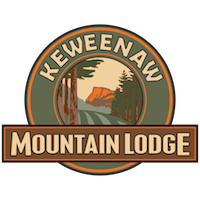The second annual Upper Peninsula Dark Sky Festival (UPDSF) was three days and nights filled with educational presentations and learning adventures. The presentations and adventures focused on a variety of topics revolving around the night sky, wildlife, and wilderness. Limited to 65 people, attendees enjoyed the festival, and left more knowledgeable than when they came about the benefits of dark skies.
For this year’s festival we made some changes to accommodate both the guests and speakers. In 2023, the UPDSF was just one day and two nights, for 2024 we added an extra day and night to provide a better chance for stargazing and to expand the type of presentations being offered. Another change from the previous year was that the 2024 festival was not held during Dark Sky International’s Dark Sky Week. This was a deliberate decision made by our planning team because we realized that many speakers and guests would be traveling for the 2024 Total Eclipse and would not be able to attend.
The festival started at 8:00pm on Thursday, April 11th, with an opening greeting by a representative of the Keweenaw Mountain Lodge (me, Chris Guibert) and a representative of Visit Keweenaw (Jesse Weiderhold). The festival is a partnership between the two organizations with the goals of:
- Providing educational opportunities and raising awareness about light pollution.
- Creating an opportunity for people to discover value and beauty in dark skies.
- Creating a sustainable event which values the environment and draws people to the Keweenaw.
- Position the Keweenaw as a destination for astro-tourism and education.
- Providing a space for dark sky proponents to network and form relationships
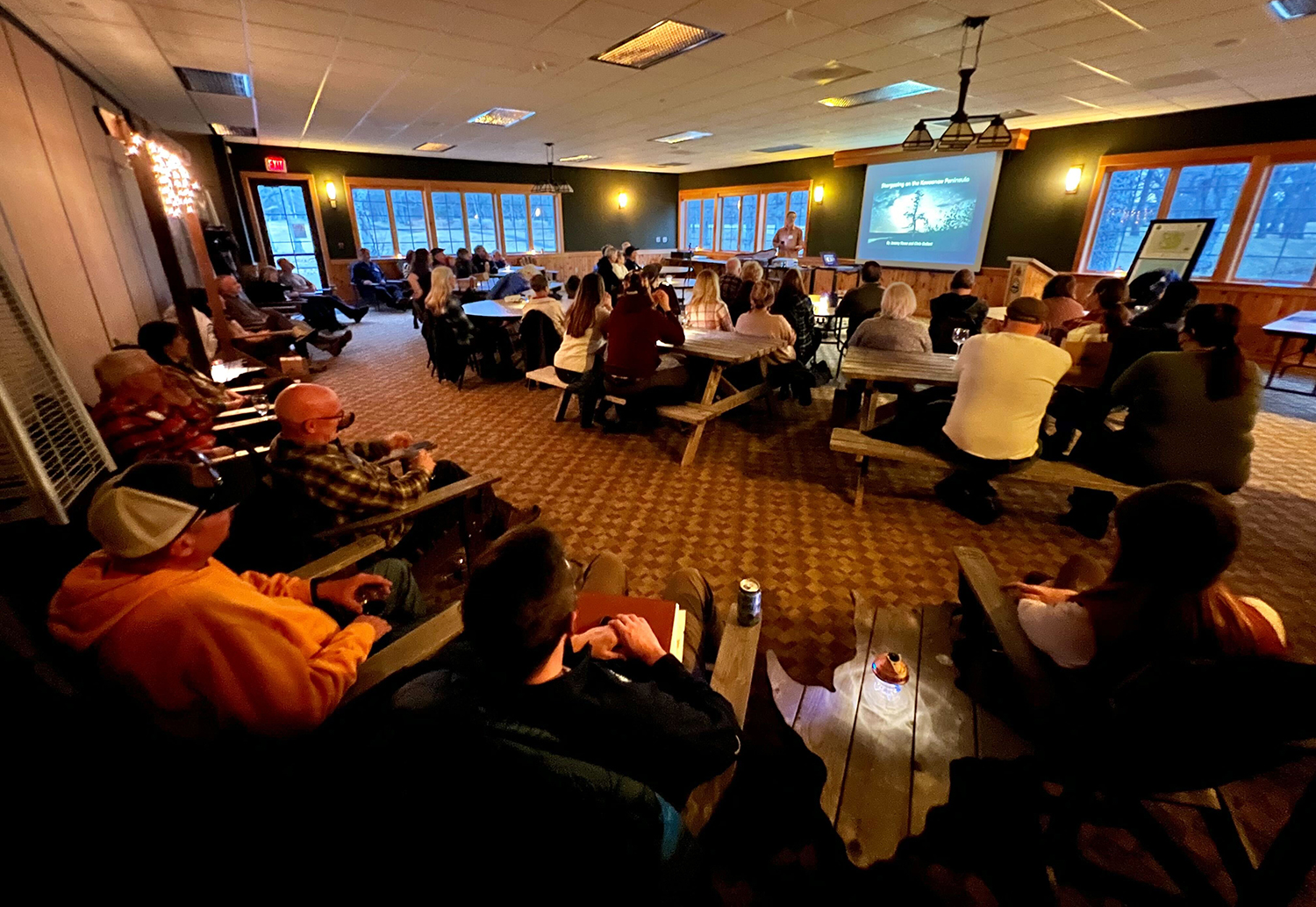
After the opening greetings, Amy Oestreich from the Keweenaw Mountain Lodge team spoke briefly about the Leave No Trace Principals and Tom Oliver from the Michigan Tech Center for Science and Environmental Outreach touched base about the Ecology hikes he would be leading over the next few days.
The first presentation, “Stargazing on the Keweenaw Peninsula”, was led by night sky photographer and musician Jeremy Rowe and myself. I started by handing out a paper map of the Keweenaw peninsula for guests to use as a reference during the discussion. We covered the different types of property owners around the Keweenaw and the spots that are open to the public for stargazing at night. I also touched on light pollution across the Keweenaw; starting the discussion for the festival, a theme that weaved its way into multiple presentations.
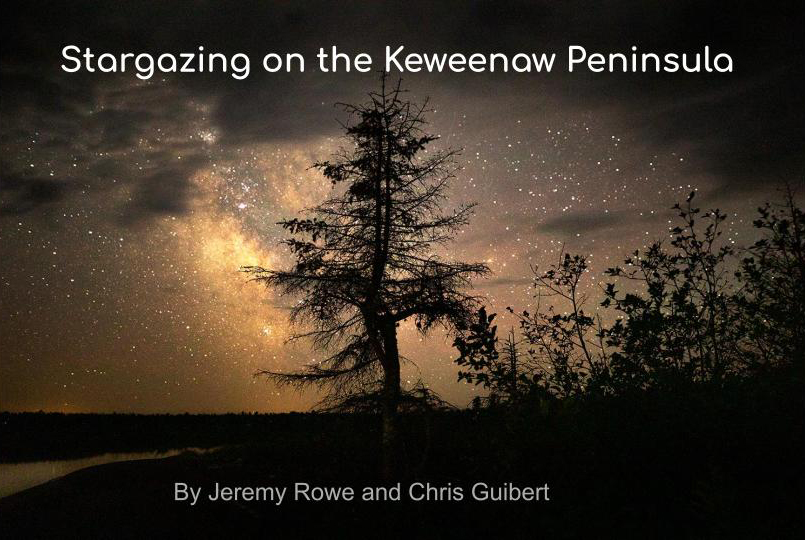
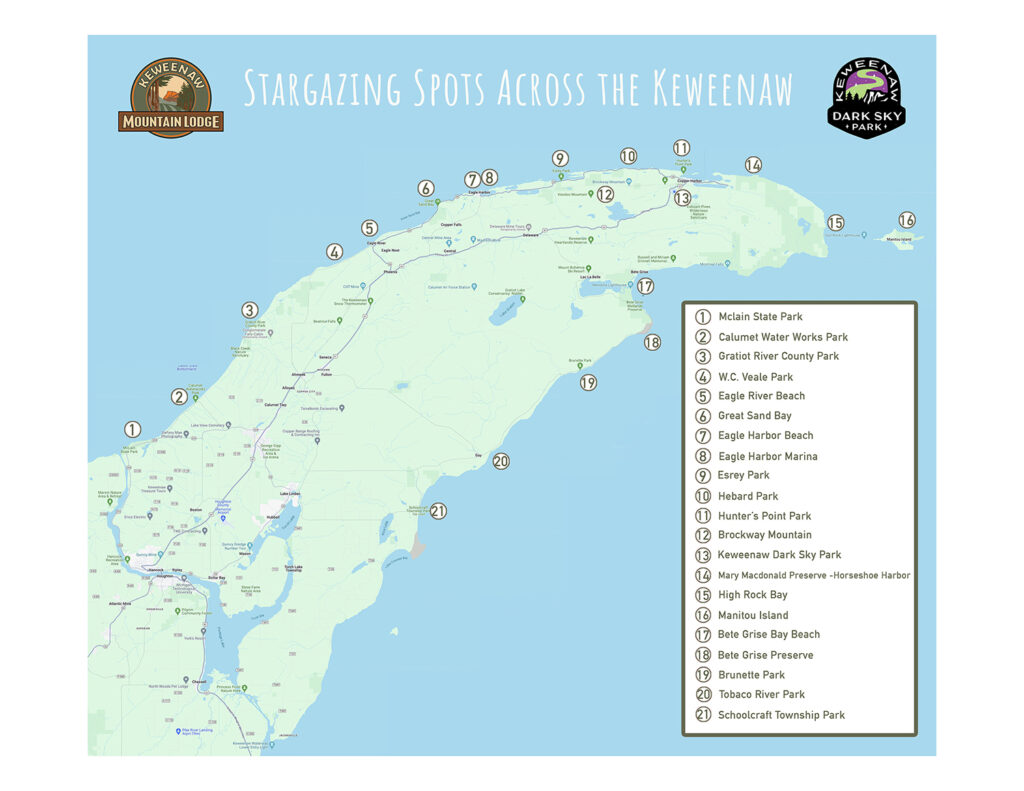
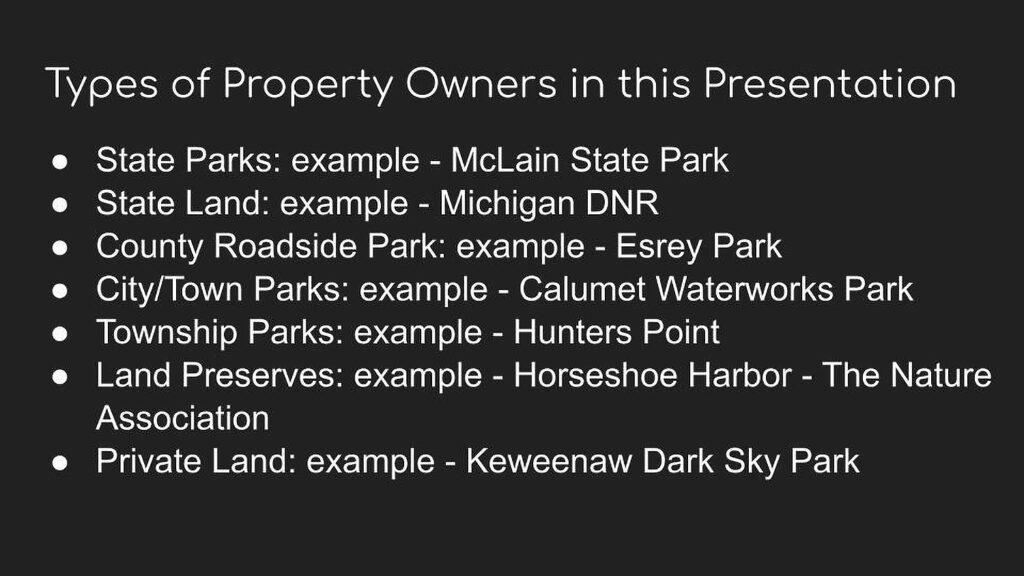
The presentation closed with Jeremy playing the guitar and singing a tune he wrote about an experience he had while viewing the northern lights.
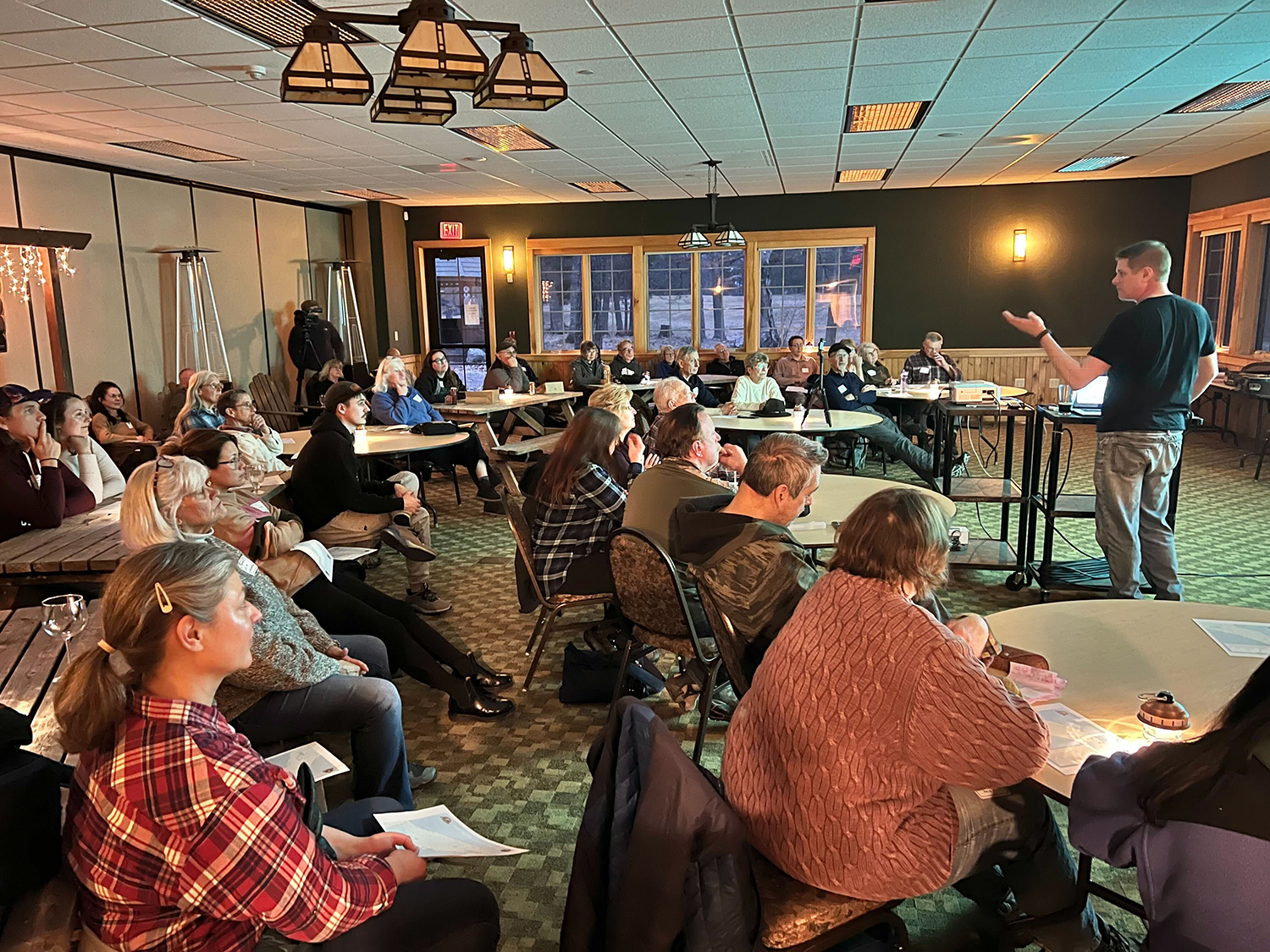
Every night we had time on the schedule for guests to stargaze, however, during the first night (Thursday), the sky was cloudy. So we invited the group to gather by the fire pit to relax and talk with one another. Many people were tired from a long day of travel and were ready to head back to their cabins. However, a few people joined our team for some light hearted stories from around the Keweenaw.
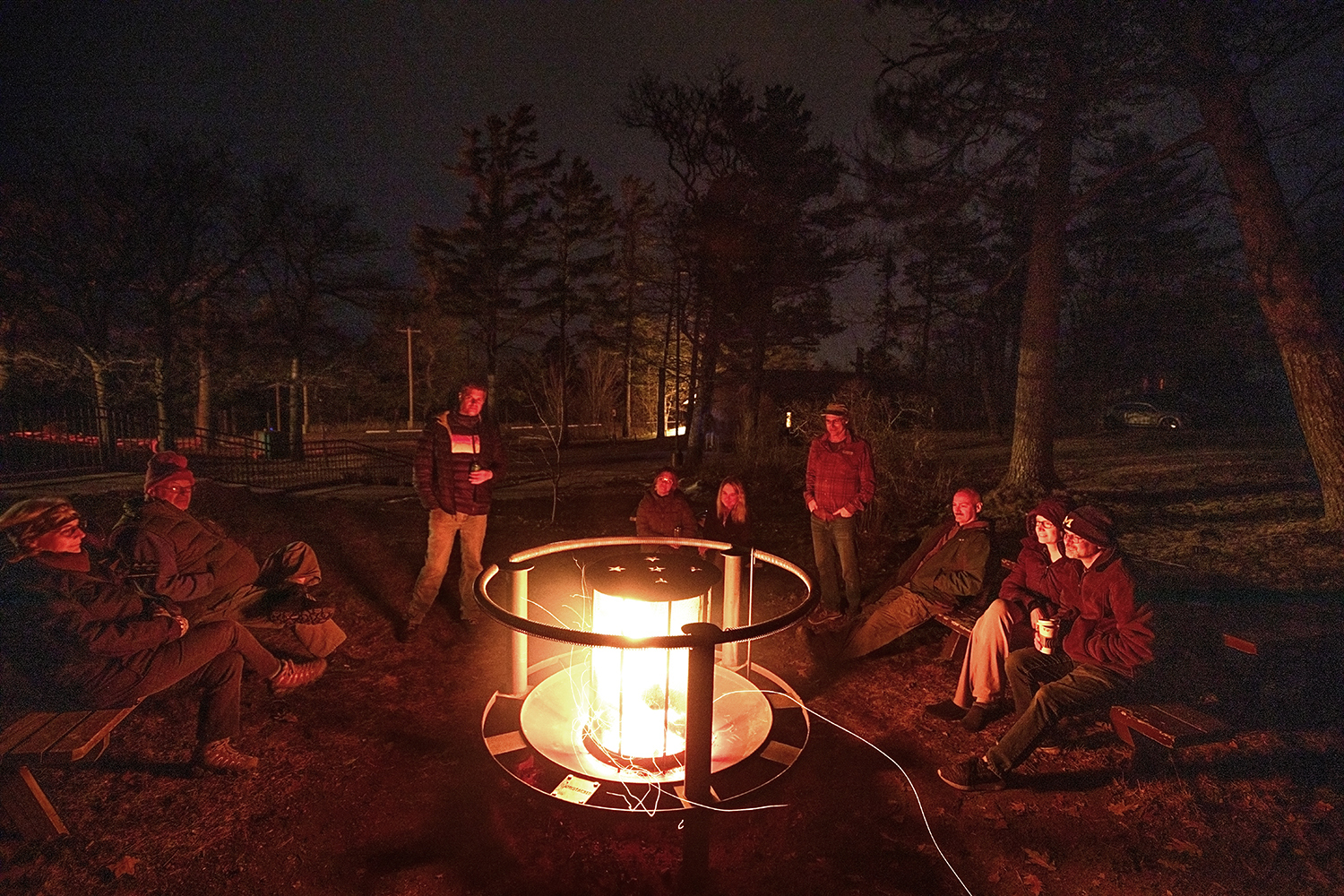
For Friday morning, guests had an opportunity to go on two different learning adventures. The first was a tour of the old Calumet Air Force station located on Keweenaw’s highest peak, Mount Horace Greeley (took a bus from the Lodge). The Open Skies Project now manages the site with the goal: “to preserve and display the history of this legendary Cold War radar station and its place in the local history.” The group consisted of 27 festival guests and Jesse Weiderhold from Visit Keweenaw. It was a nice April morning with temperatures in the upper 40’s and low 50’s. The group spent about an hour and a half touring the site with a local guide. They were then bussed back in time for the Rustic and Worldly Lunch.
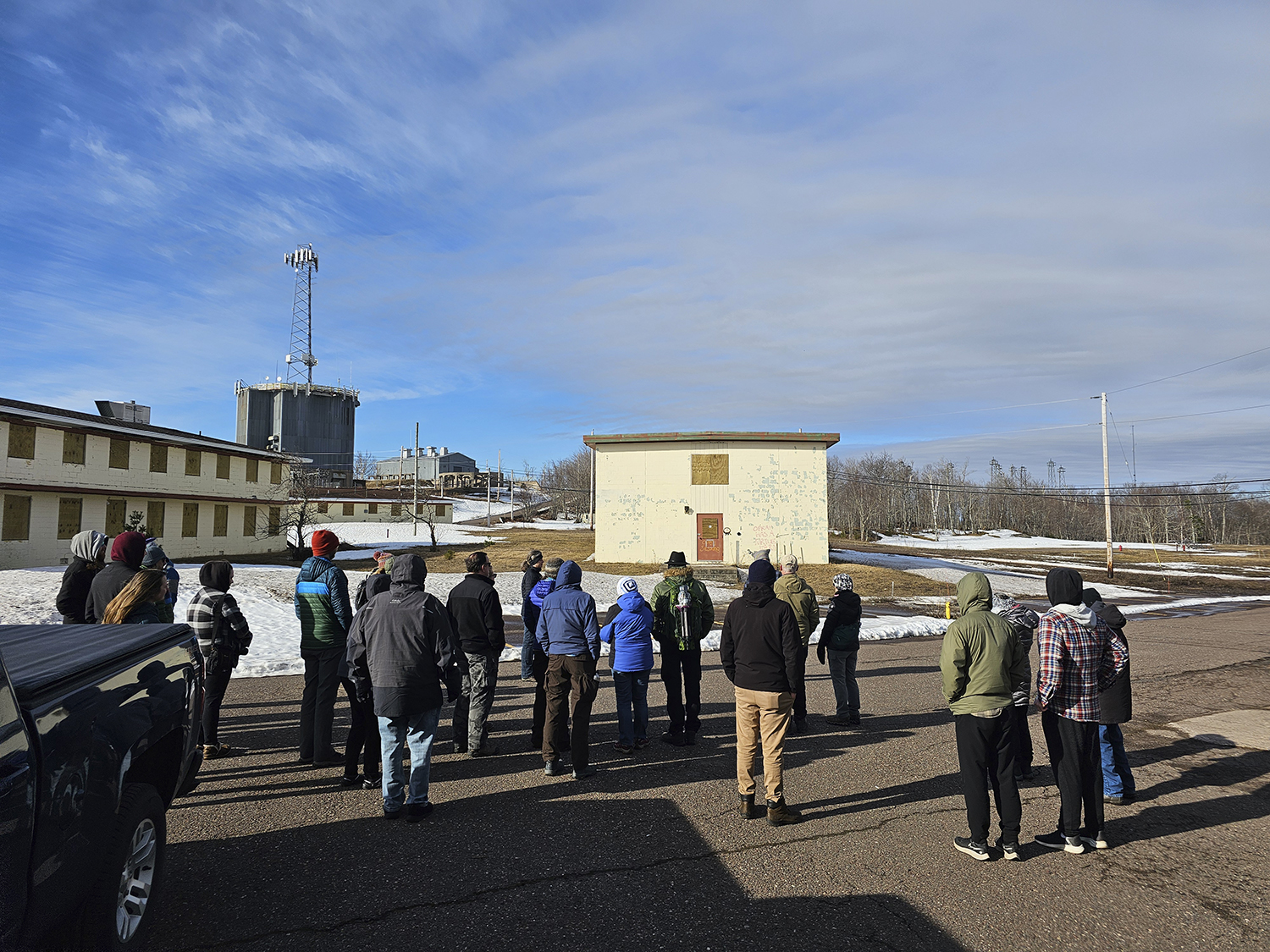
At the same time a group of 13 headed out for the Ecology Hike led by Tom Oliver. I was the sweep guide in the back documenting the experience with my camera. This adventure headed across the golf course with a stop at the pond on hole 6. Tom discussed the plant and animal life that was emerging from the winter thaw. We soon made our way into the woods heading down the Dancing Bear Trail. Tom made frequent stops when he found an interesting ecology discussion point. He talked about how to identify a white pine, the importance of dead trees in the forest and pointed out some old fox tracks left in a melting patch of snow. When we intersected the Red Trail we worked our way up the switchbacks and along the rocky ridge line. The hike was about 3 miles and took about two hours. We were all ready for lunch!
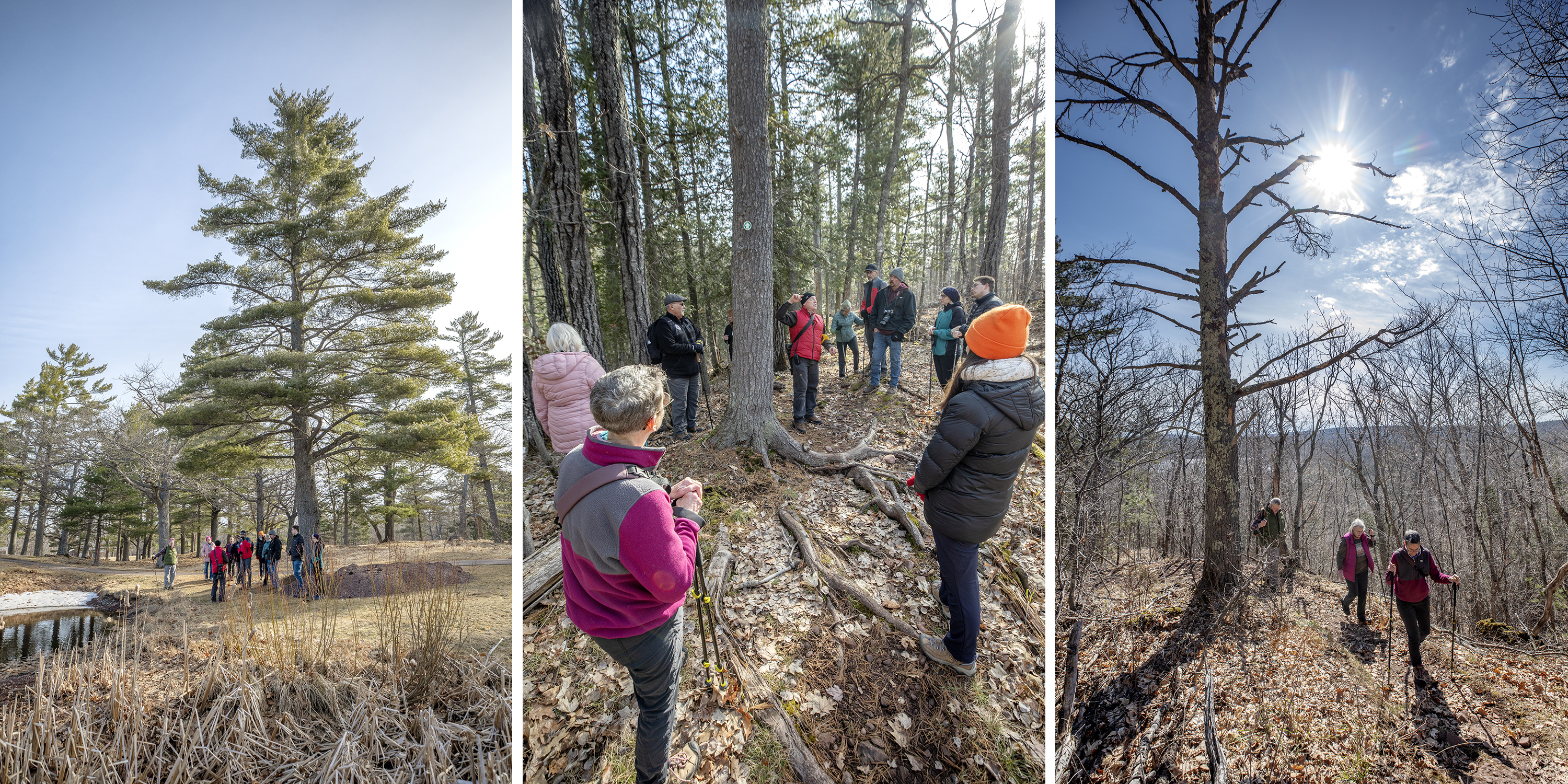
Two Rustic Worldly lunches were included as part of the festival experience. Guests selected either the meat or veggie option when purchasing their ticket. Chef Wi and the food and the dining team offered an In-house roasted chicken, pulled and served on a brioche bun with pesto spread (cilantro – basil – roasted jalapeno – lime -mayo), lettuce, and tomato for the meat option and the Not-your-mom’s falafel, side of hummus and naan bread. Both dishes were served with a small side salad.
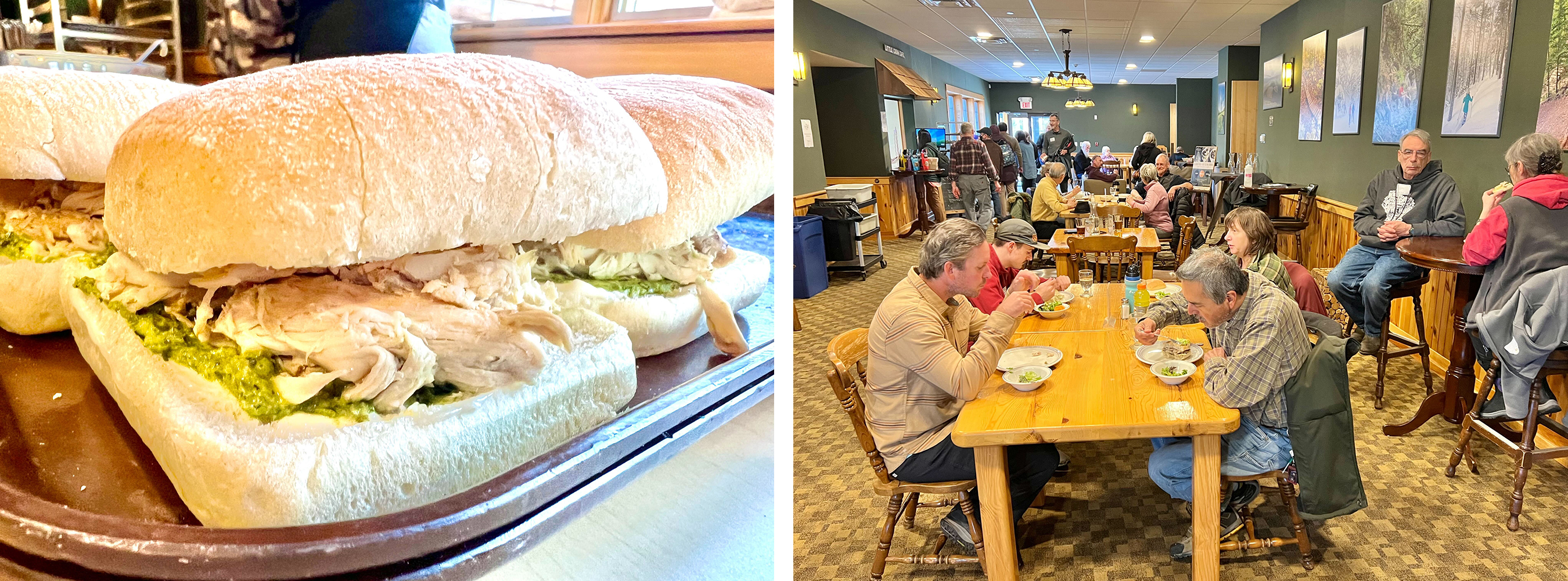
This year we wanted to try something new and offered a lunch time presentation. Dr. Jared Wolfe, an ornithologist and assistant professor at Michigan Technological University (MTU) discussed the impacts of light pollution on migratory songbirds. His presentation was interesting and informative and helped raise awareness of the impacts light pollution can have on animals.
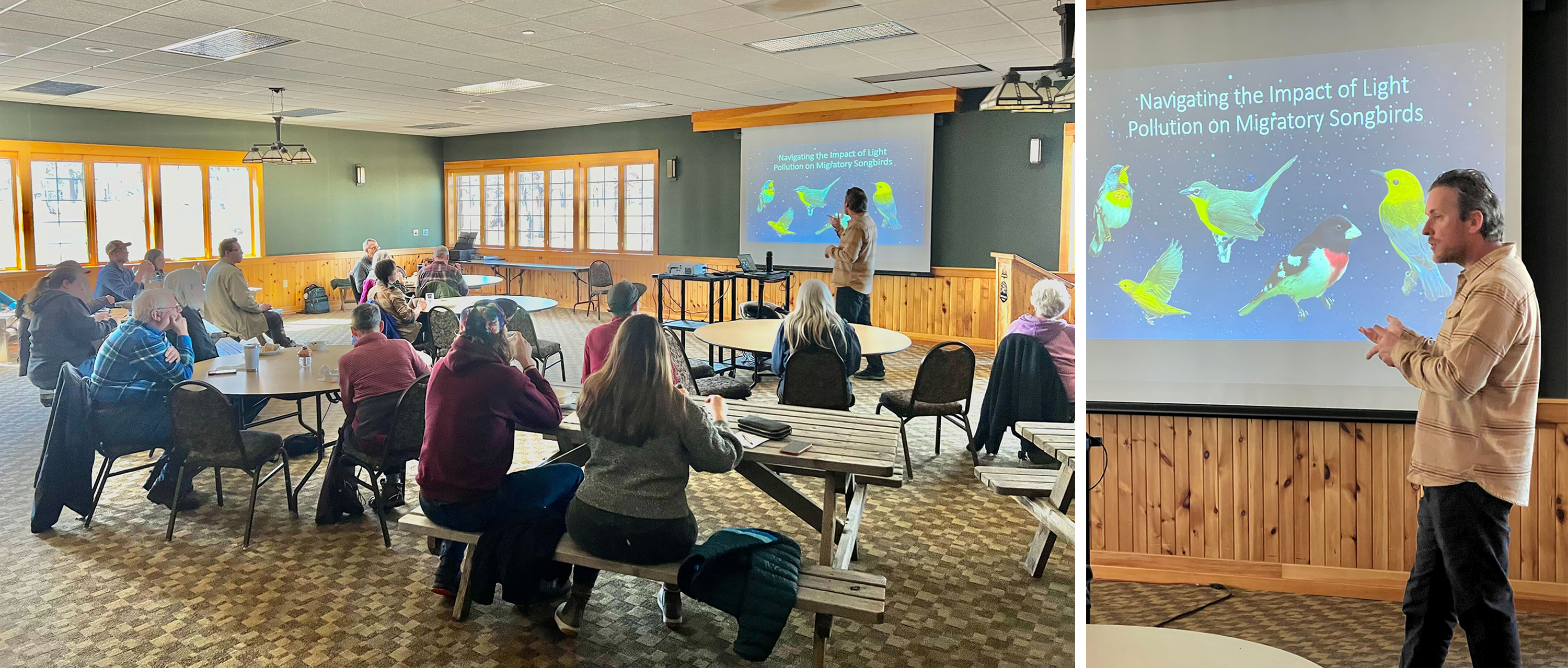
At 1:30pm and after a short break Jamie Westfall, the park manager at Headlands International Dark Sky Park, led a discussion on dark sky parks and astro tourism. Her animated presentation took us on a trip around the world and gave us insights into the workings of managing a dark sky park. She also created two map displays showcasing all the dark sky parks in the country and the world.
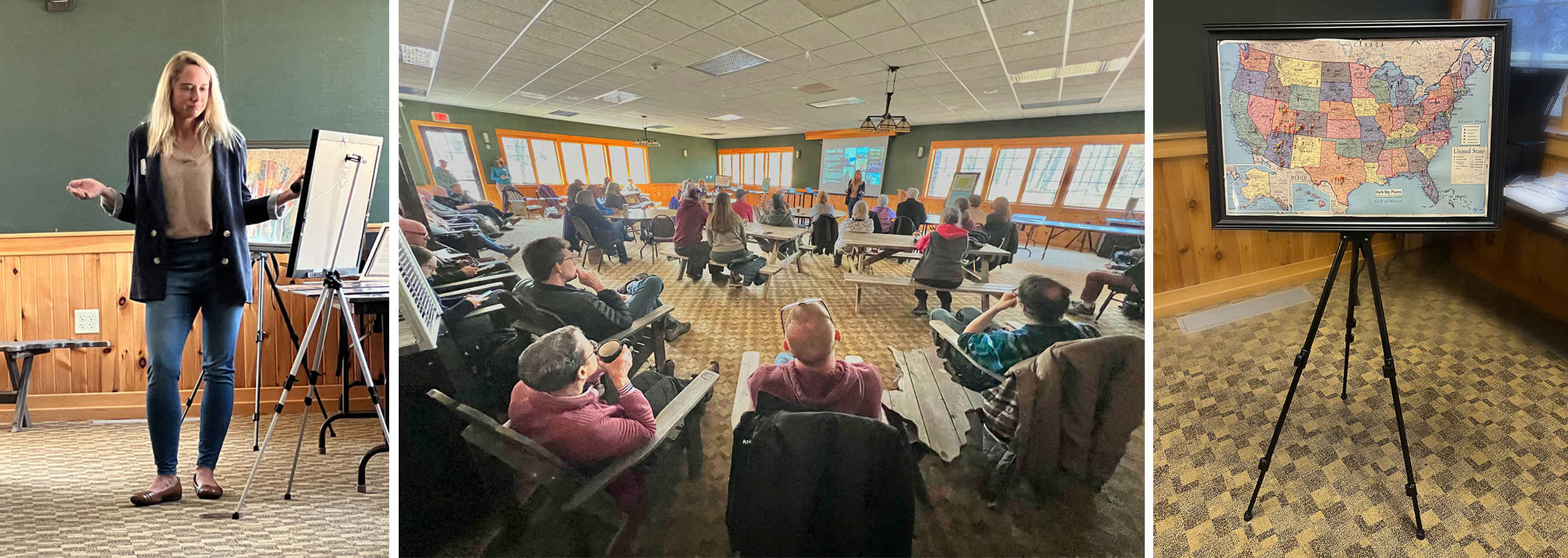
Dr Robert Nemiroff (MTU) took over the room after Jaime with his captivating presentation, Postcards from the Universe: 2023-2024 via NASA’s Astronomy Picture of the Day (APOD). Dr. Nemiroff has spearheaded and edited the NASA’s APOD for the last 29 years. He showcased highlights from the 2023 submissions which included everything from deep space images to images taken right here in Copper Harbor. This was truly a tour of the universe with interesting insights along each stop.

At this point in the afternoon, all of the presentations had concluded and guests were able to take some time to relax and have dinner. Some people chose to take advantage of the special dinner menu offered at the Lodge while others ventured out to restaurants in the area. There was a Meet & Greet at 7:00 pm where participants could order beverages from the Little Cabin Cafe and socialize in the Great Room and Library porch.
Festival participants regrouped at 8:00 pm for Nate Bett’s workshop: Stargazing: Northern Lights Photography. Nate has been teaching night sky photo workshops at the Lodge for over two years. He has a diverse photo and teaching background that resonates with his students. In the past his workshops mainly focused on the techniques used for taking night sky images in the field. For this year’s festival he focused on using the app PhotoPils and some of his post-processing techniques. Camera enthusiasts were listening intently and asking multiple questions; there was a lively discussion going on in the Classroom. Nate’s workshop went through sunset into the night.

Friday night offered a cloudless night, which allowed us to venture outside to look up. So we broke the participants into three groups based upon their interests. One group headed out with Nate and Tom and got some one-on-one time with the photographers to work on their night sky photo skills. Another group followed NASA ambassador Dave Falkner as he set up his telescope at the edge of the parking lot to view different celestial objects. A third group, along with the Lodge Team and Andrew Johnston, the astronomer at the Headlands Dark Sky Park, hiked to Hole 4 of the golf course following one of the Dark Sky Walking Paths for an adventure to the darkest part of the park. The sky was clear and the stars shined bright. After 10:00pm the temperature dropped into the 30’s, it was a brisk and beautiful night. Andrew pointed out some of the celestial sights, and then it was time to hit the sack. It had been a long day and people were ready for a quiet night of sleep.
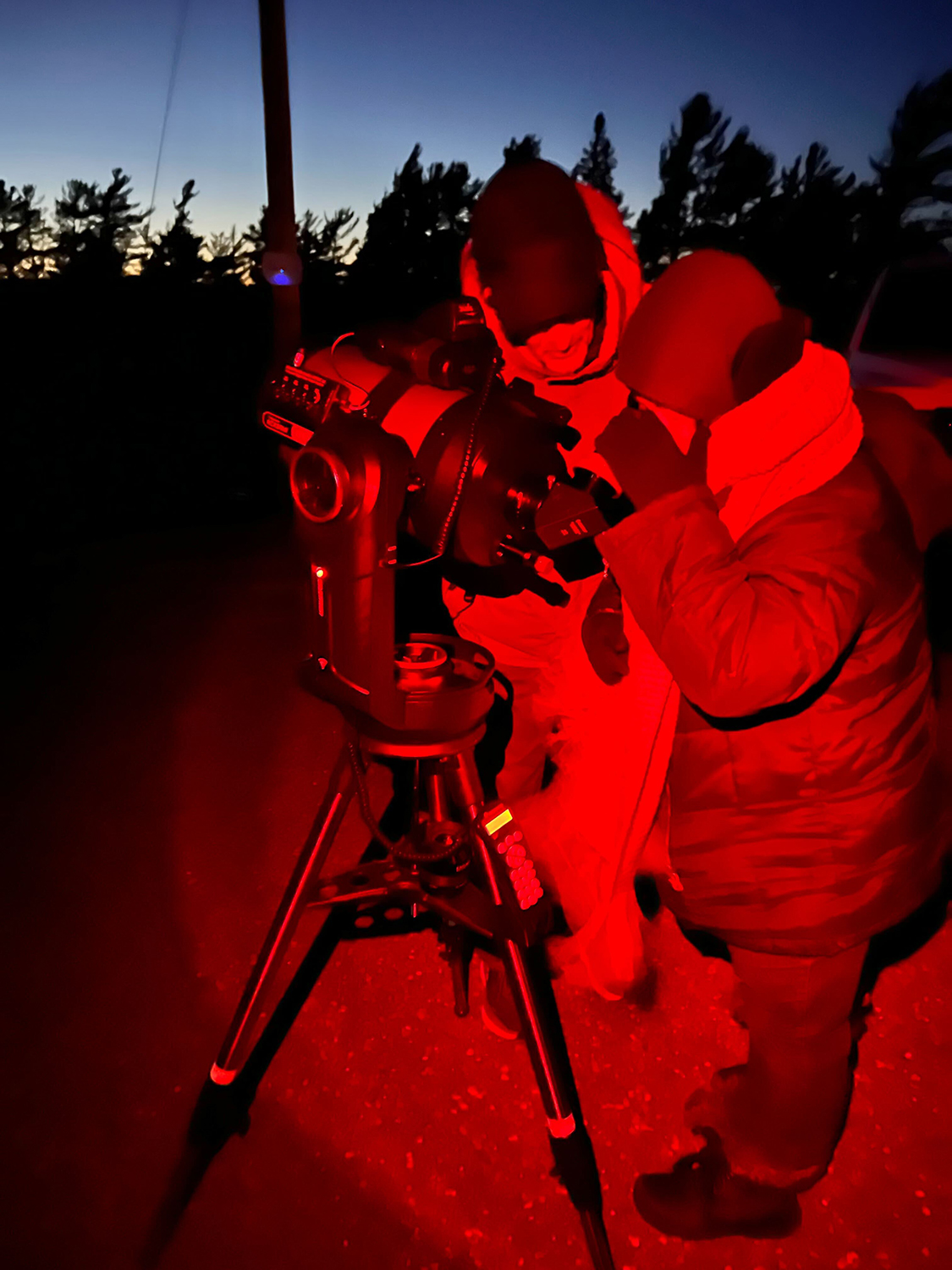

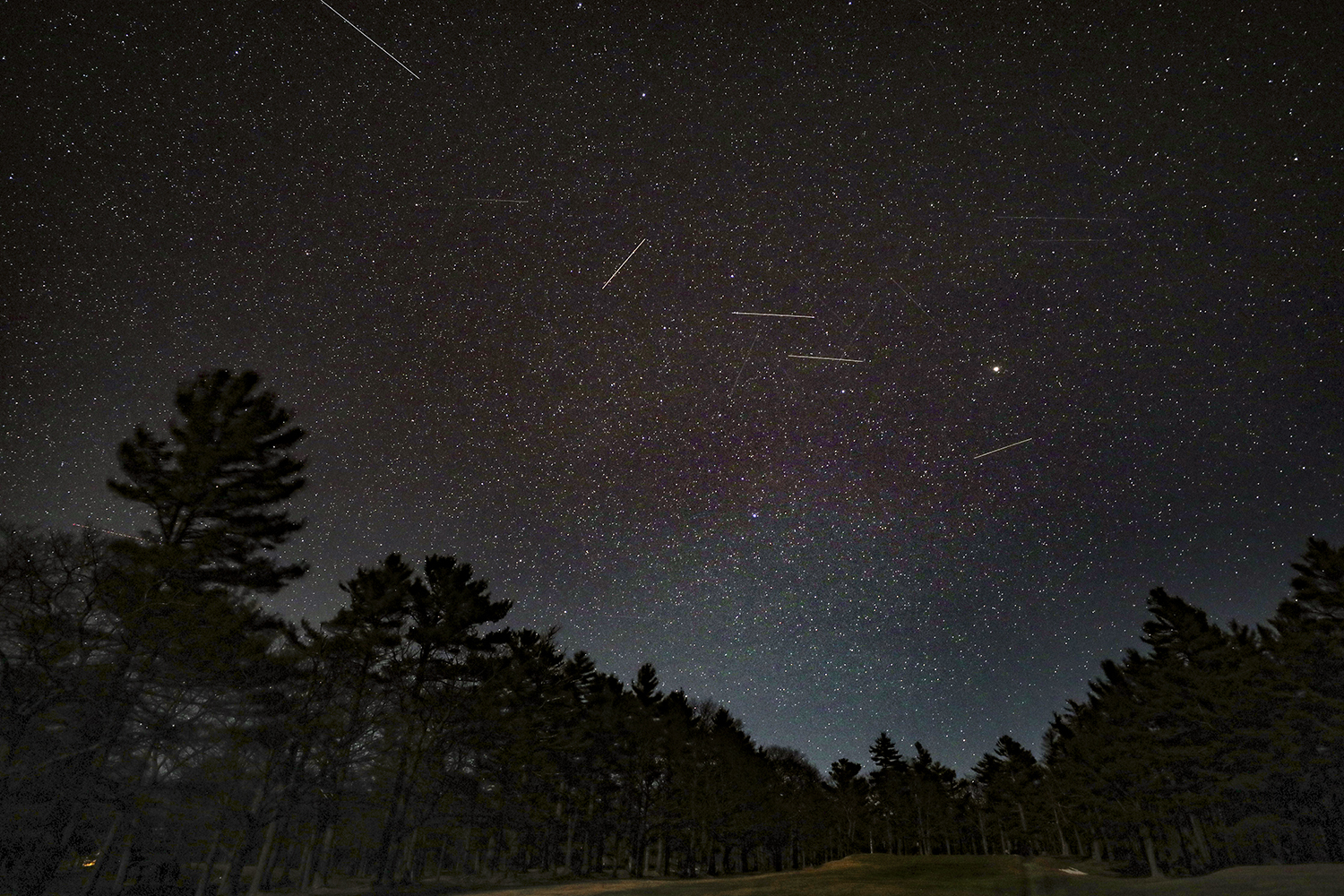
Saturday morning, April 13th, was the start to another brisk, sunny day. Temperatures were in the low 40’s for this morning’s Ecology Hike. Tom Oliver and Lodge team member Amy Oestreich met the group at 9:15am in the Winter Outdoor Activity Center. After a brief discussion the group headed to the Keweenaw Nature Sanctuary. Eleven participants saw a rough legged hawk, toured a seasonal waterfall, and discovered an old beaver dam along the creek. This hike started with a downhill stroll to the bridge which crosses over the Garden Brook on the Woopidy Woo Trail, and then ascended with a nice gradual climb back up to the Lodge. Tom and Amy were able to get the group back just in time for Saturday’s Rustic Worldly Lunch.

Saturday’s Rustic and Worldly lunch also had a meat and vegetarian option. For the meat eaters a wrap with beef strips which were stir fried with the KML Asian Sauce and vegetables accompanied with small cubes of roasted potatoes. The veggies also had an asian inspired lunch; a brioche bun loaded with tofu and vegetables and the KML Asian Sauce. Both meals were offered with a side salad.
The afternoon presentations began at 1:30pm with Melissa Kaelin’s, “Embrace the Darkness: The Majesty of Dark Skies & Chasing Northern Lights.” Melissa entertained the classroom with an animated discussion on how to see the northern lights in Michigan starting with the chances for the lights to come out during the festival (which unfortunately, they did not during the festival). She also discussed how citizen science was at work in the Michigan Aurora Chasers Facebook group and covered topics like Night Sky Etiquette.
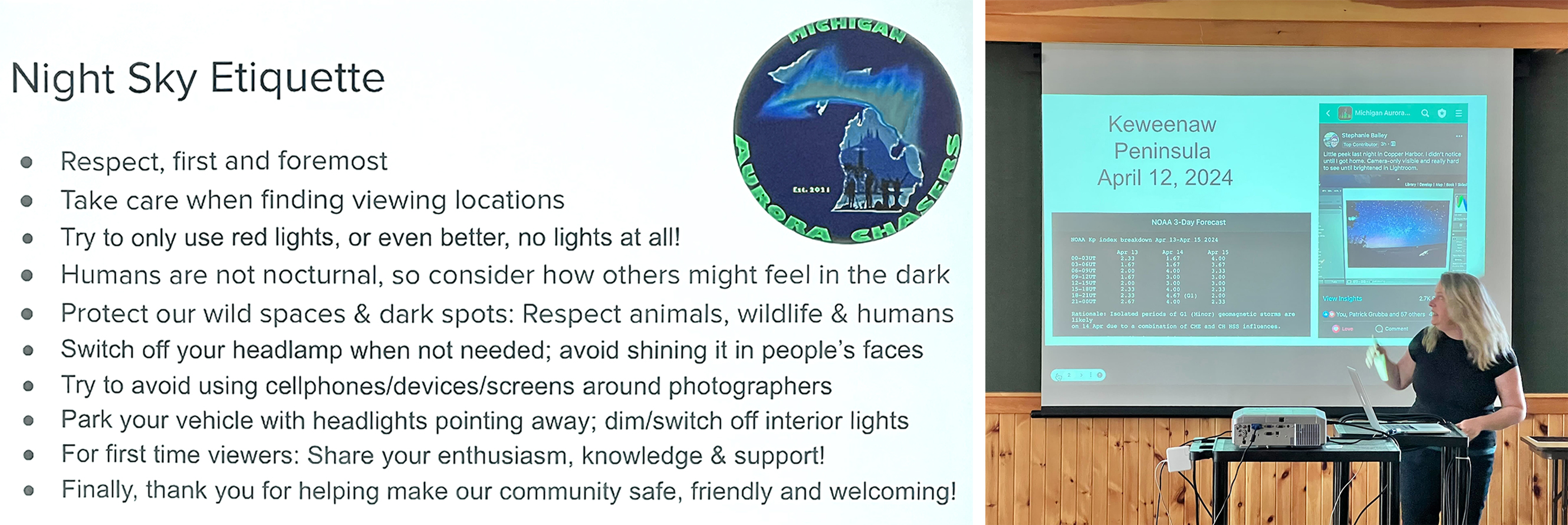
At 3:00pm MaryBeth Kiczenski discussed space weather in her presentation, “Solar Secrets.” This investigative talk touched on how the solar wind interacts with our planet’s magnetosphere and ionospheric layer to create airglow and the northern lights. She also highlighted some of the major solar storms that happened throughout mankind’s history. MayBeth’s calm demeanor and her passion for space weather made this scientific discussion understandable for the group. She ended the talk with some images and a recounting of her travels for the recent total solar eclipse.

The afternoon sessions were over and it was time to relax and have dinner. Festival attendees had the choice to have a rustic worldly dinner at the Lodge or venture off site to one of the local restaurants.
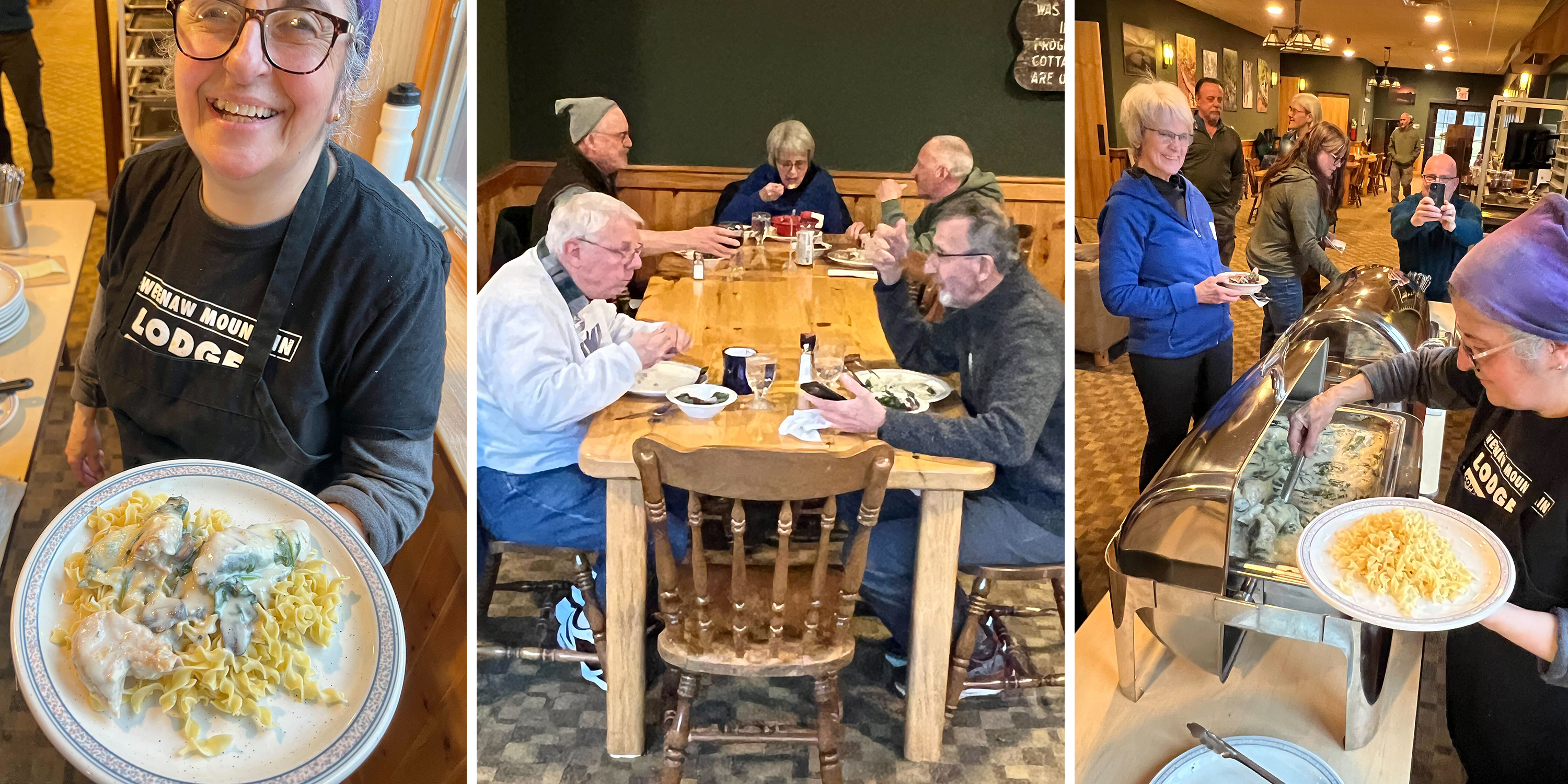
Visit Keweenaw hosted a talk at the Mariner North (in Copper Harbor) titled, “History on the Rocks – Earth & Sky in Keweenaw History.” Ranger Lynette Webber from the Keweenaw National Historical Park led an energetic dinner presentation about the night sky and how it weaved through the history of both indigenous peoples and settlers to the region. People were able to order some food while listening to her lively discussion.
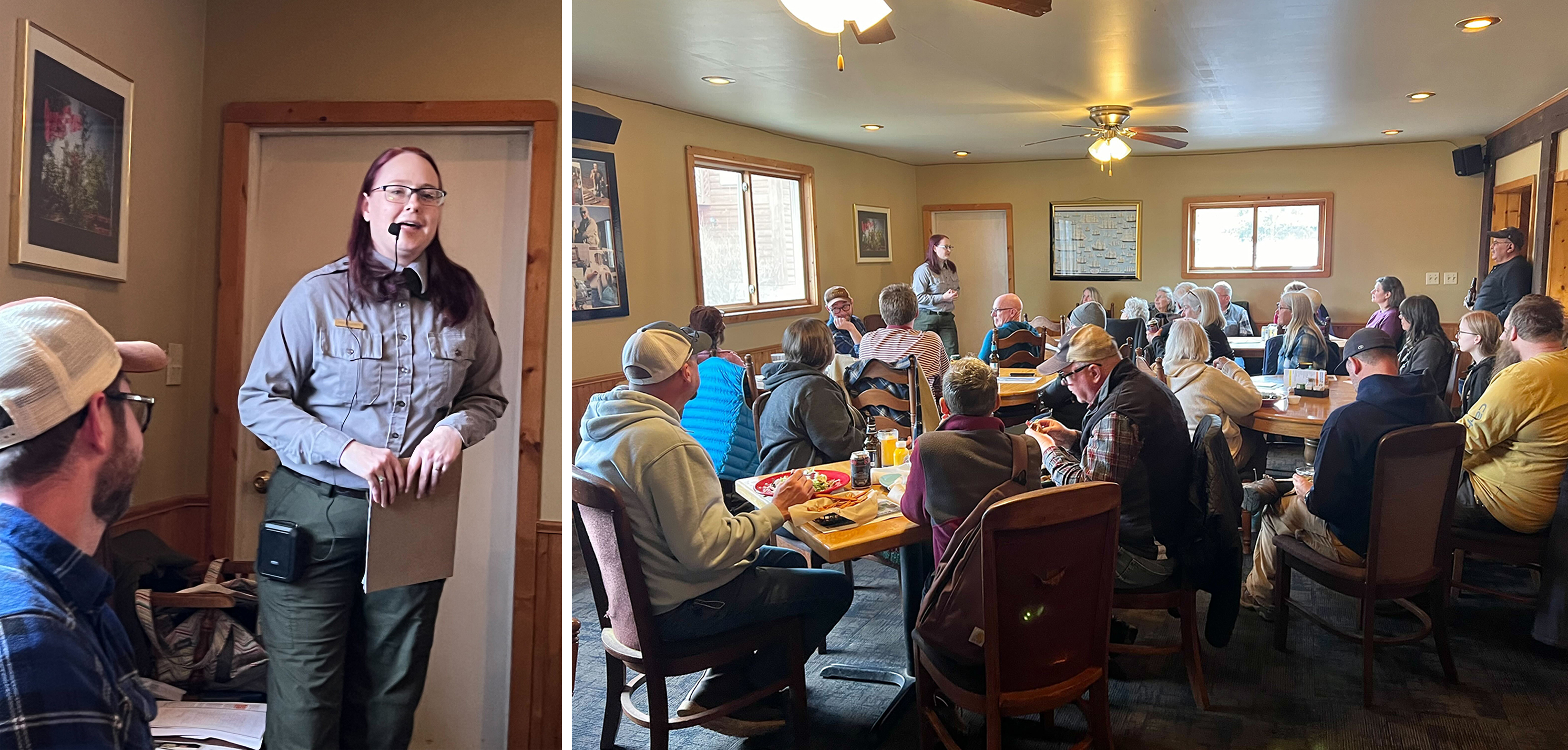
At 7:00pm the Lodge hosted the second Meet & Greet allowing dark sky proponents to mingle and meet other like minded people. People once again gathered on the Library Porch and around the fireplace in the Great Room.
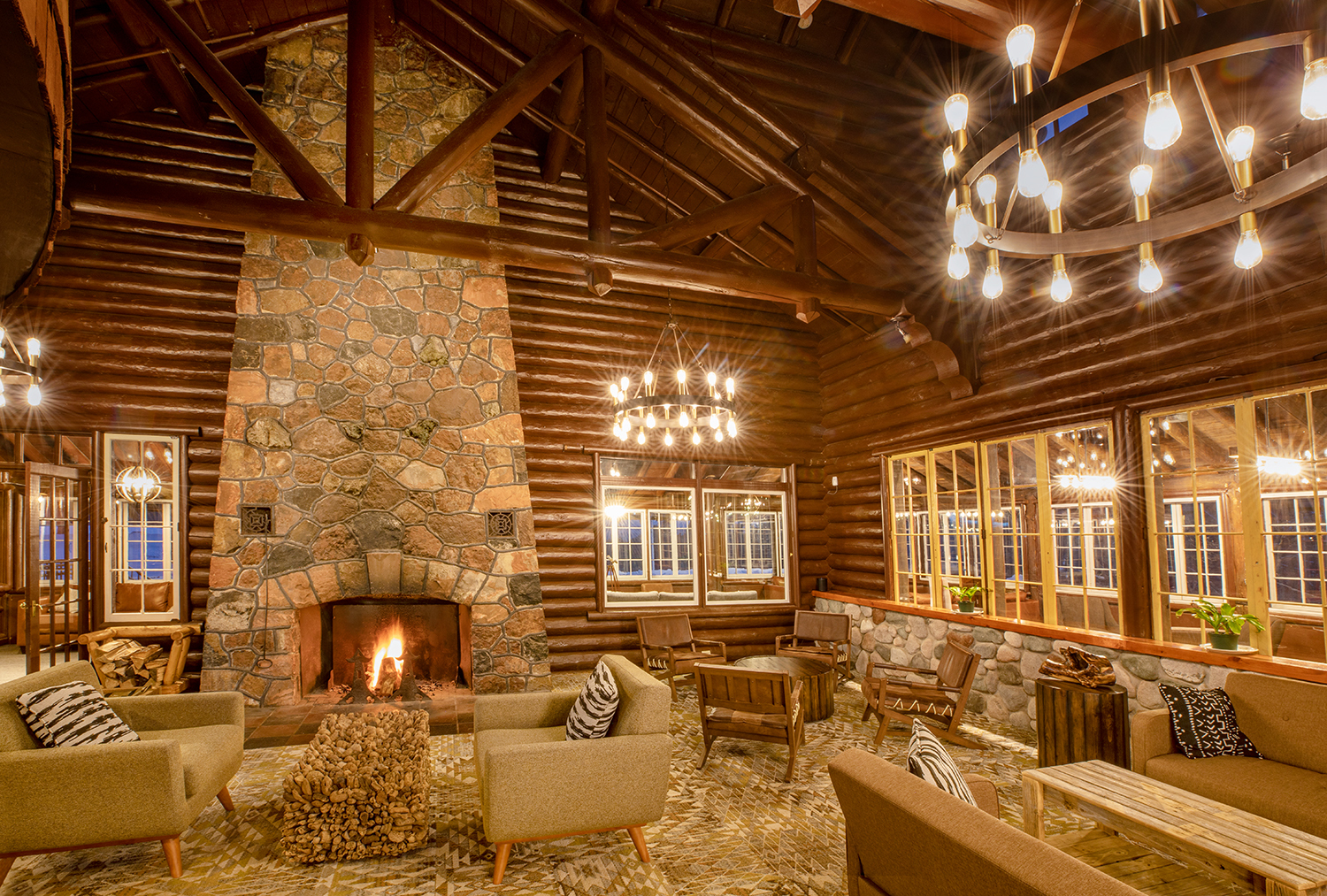
The day quickly turned into dusk and the attendees regrouped for the final time in the Class Room. NASA Solar System Ambassador Dave Falkner led a spirited discussion on the effects of light pollution on our world. He dove into what light pollution is and ways we can reduce our unnecessary light footprint. He highlighted various communities from around the world that have had some success in mitigating their light pollution. This presentation was both a call for change and a discussion on solutions. There was a sense of solidarity in the room as we all introspectively pondered what we could do as individuals to limit light pollution and foster the dark skies.
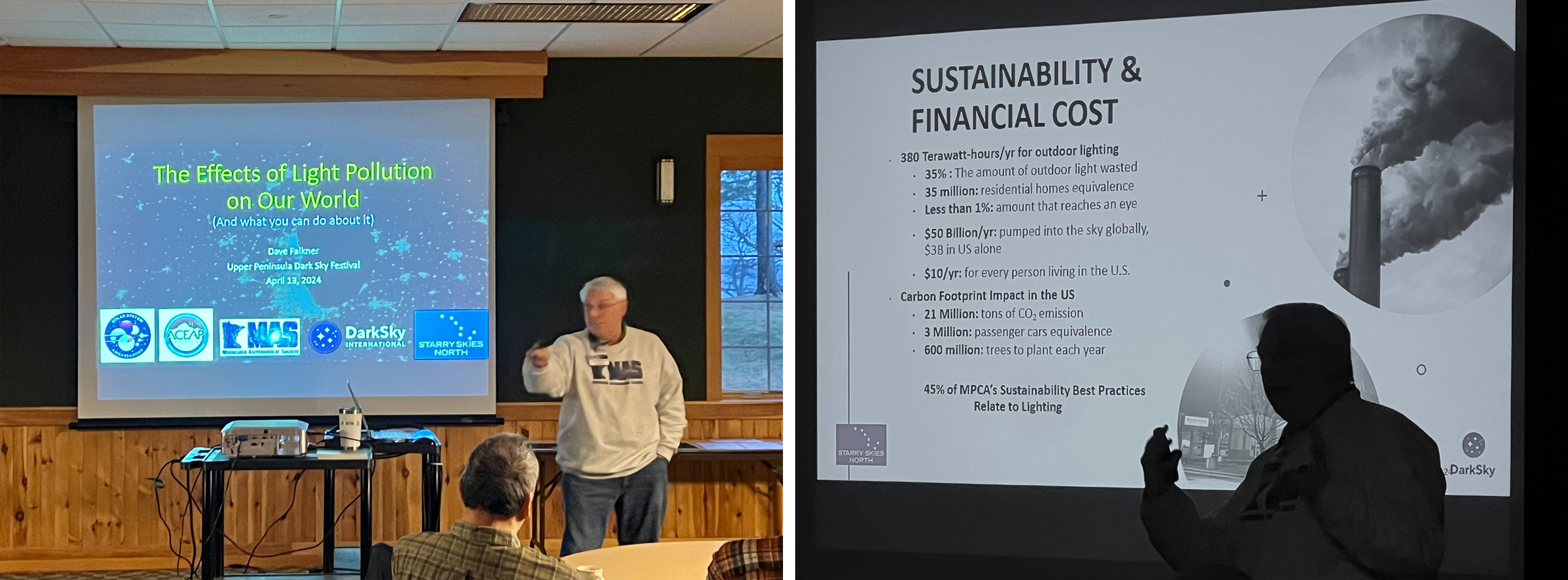
Dave then handed over the room to Andrew Johnson, the astronomer at the Headlands Dark Sky Park. Andrew warned us that parts of his presentation, “Experiences in Astrophotography: A personal narrative of the challenges and rewards associated with photographing subjects in motion from very, very far away,” would go over our heads. And he was right! The discussion started with Andrew’s journey on becoming the astronomer at the park and how his passion for taking deep sky photographs grew. When he steered the conversation to the equipment he used and how he stacked hundreds of images for a photo of the North American Nebula, we were all collectively lost. He made a few jokes about the complexity of hooking up cameras to telescopes and wrapped up the festival by showing off some of his specialty equipment. This left a feeling in the air, maybe a renewed quest for knowledge, that there is so much more for humans to learn about the universe and how we connect to it.

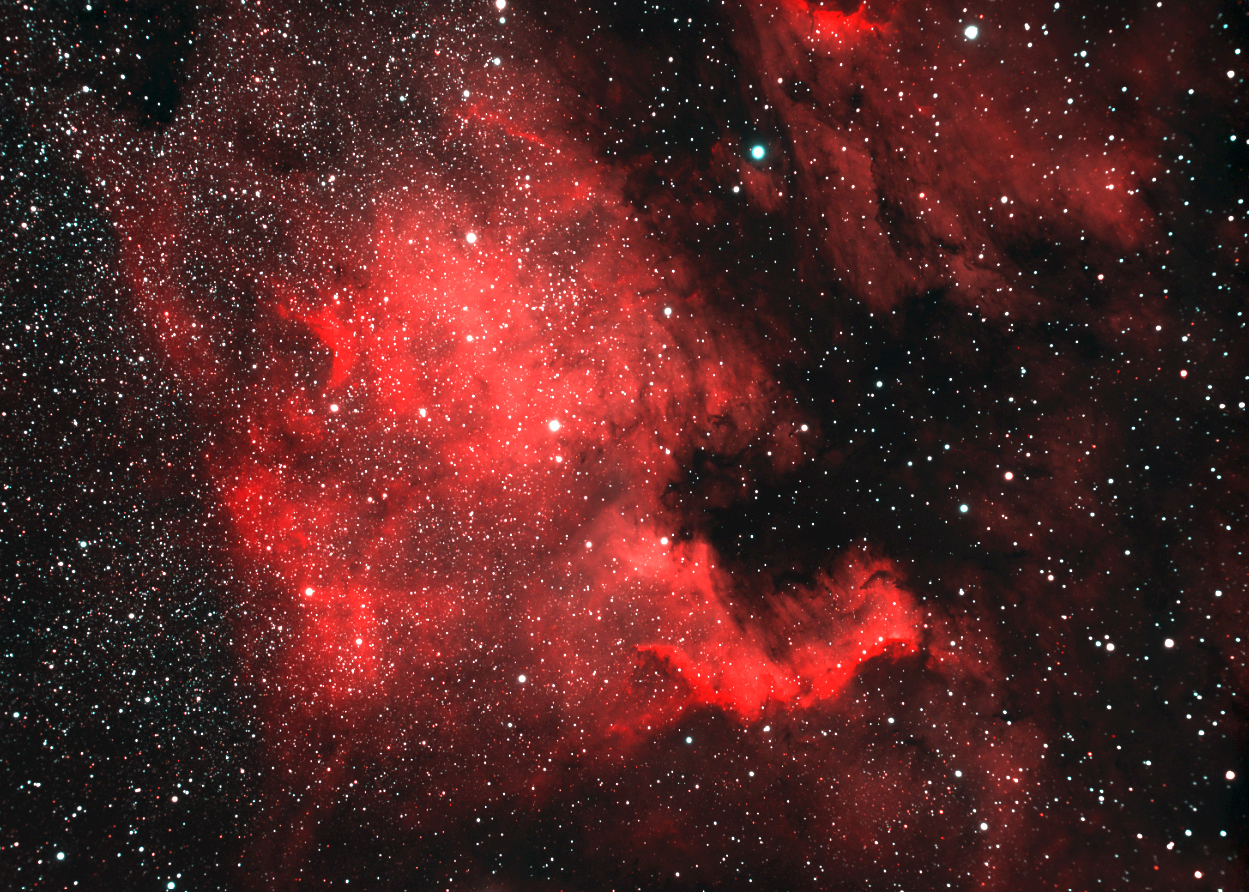
For 2025, we will be moving the festival back to coincide with the International Dark Sky Week and to connect with its goals of raising awareness about the negative impacts of light pollution, discussing the solutions that exist and simultaneously celebrating the night. The 2025 Upper Peninsula Dark Sky Festival will be April 24th, 25th and 26th.

Chris Guibert: I have a strong passion for all things outdoors and have worked as a tour guide and professional photographer for the last twenty five years. As the Lead of Outdoor Activities at the Mountain Lodge I want make sure you and your family have a great experience while staying and playing. Please feel free to ask me any questions about the trails, regional activities and local secrets.

